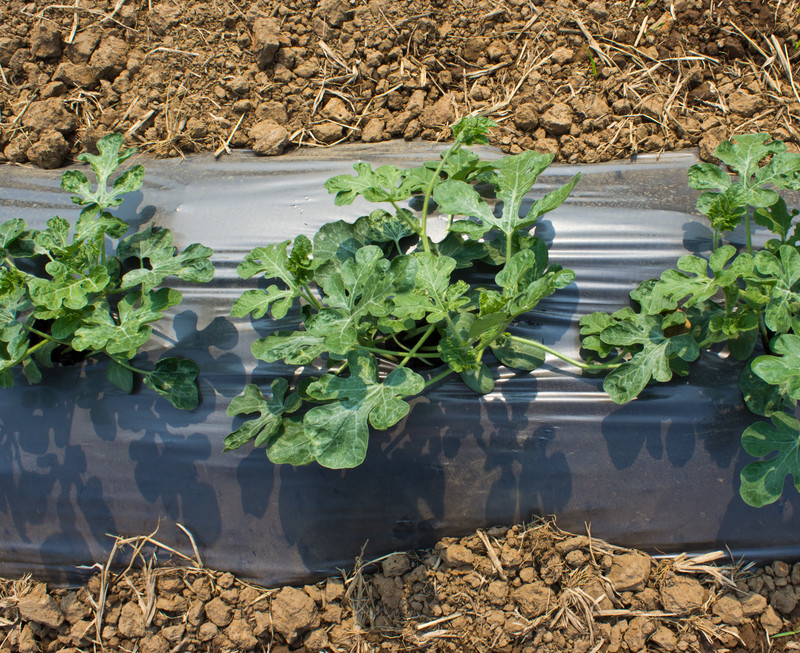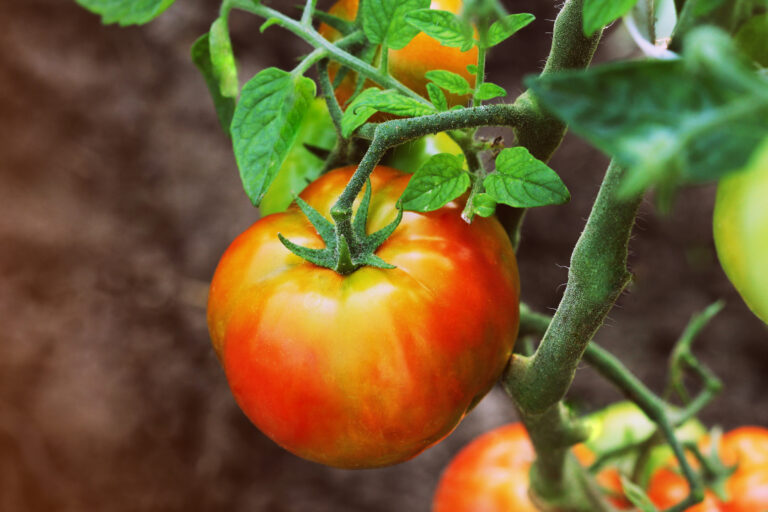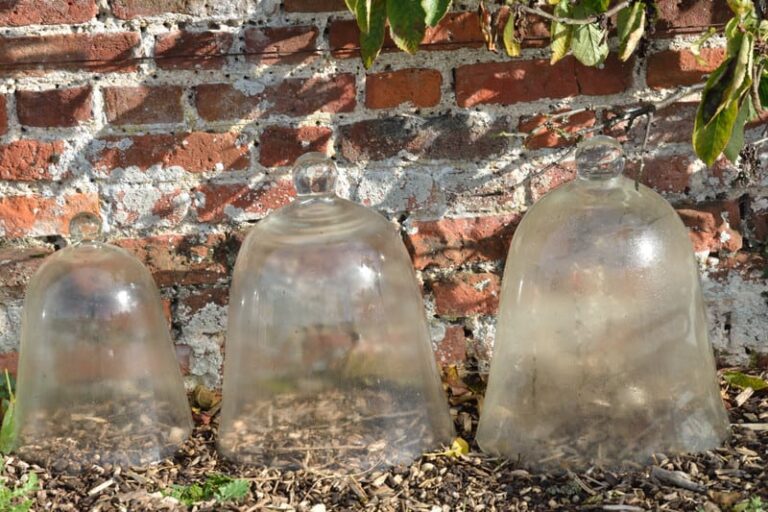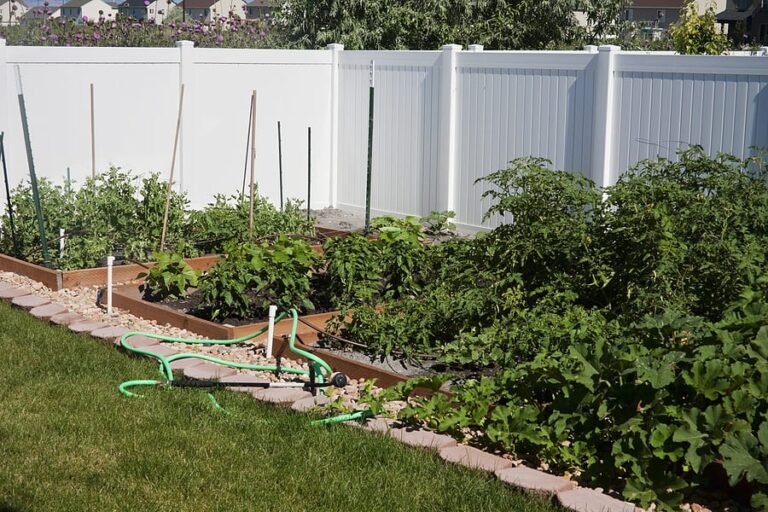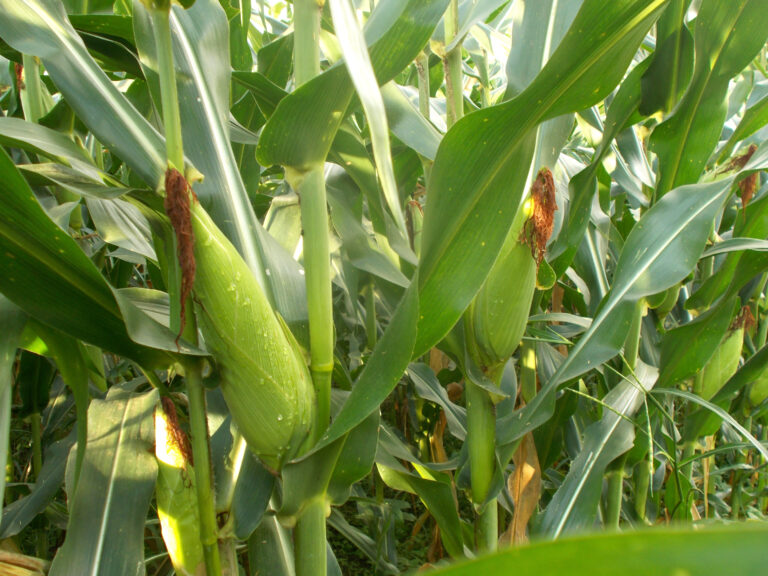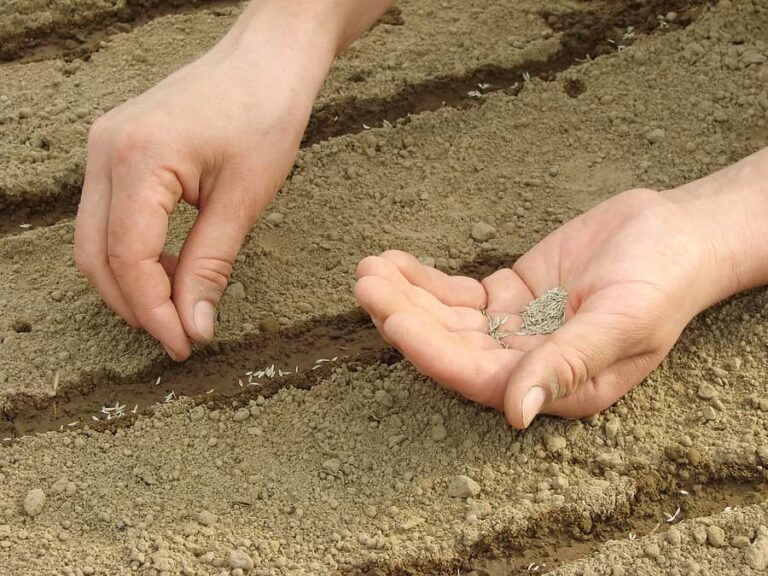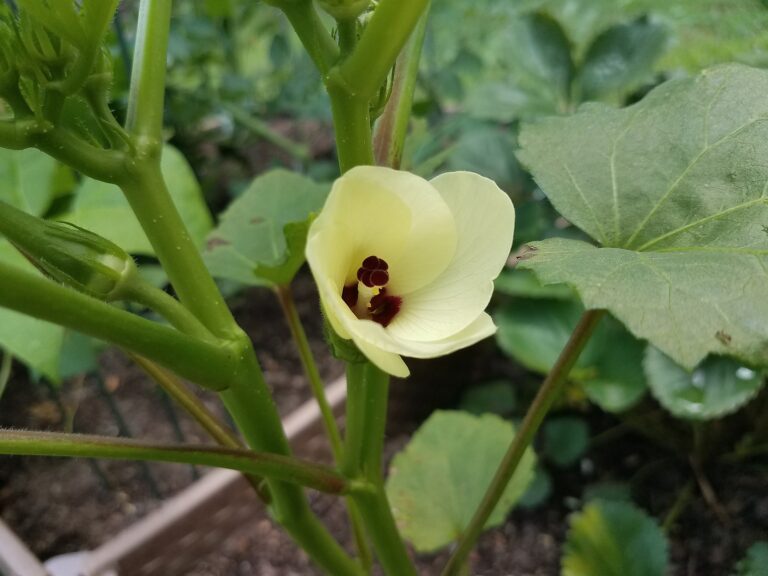Watering Watermelons: How Much and How Often
After more than 30 years of growing watermelons in warm-summer regions, I’ve learned that consistent and strategic watering is the key to a bountiful harvest. Watermelons are made of 95% water, so it’s no surprise that your watering routine can make or break your crop. Here’s how to water watermelons correctly at each stage of growth to ensure crisp, sweet, high-yielding fruit.
Why Watering Matters
If you’re relying on rainfall alone—and the season turns dry—you’ll likely end up with small or misshapen fruit. To get the best yields, you need to irrigate consistently. Watermelon roots can grow more than 6 feet (1.8 meters) deep, and they’ll stretch far and wide in search of moisture. But even that extensive root system can’t make up for bone-dry soil or erratic watering.
Watering Early Growth
During the first 3 to 4 weeks after planting, watermelon vines are busy building a root system that will later support vigorous growth and large fruit. This is the time to give consistent moisture:
- Water whenever the top 3 to 4 inches (8–10 cm) of soil feels dry. Use your finger to test.
- Apply a thick mulch—like straw or chopped leaves—once the weather warms, to lock in moisture.
- Avoid dry spells. Inconsistent watering during early growth can lead to weak vines and delayed fruiting.
I recommend drip irrigation or a soaker hose at this stage. These methods deliver water directly to the roots while keeping the foliage dry, helping prevent fungal diseases.
Watering During Flowering and Fruit Set
Once vines start to flower and fruits begin to form, watermelon plants need even moisture more than ever:
- Stick to 1 to 2 inches (2.5–5 cm) of water per week. That’s about 16 to 32 gallons (60–120 liters) per 10 square feet, depending on heat and soil type.
- Maintain consistent soil moisture until the fruits reach full size.
- Watch the leaves: If they’re wilting in the morning, that’s a red flag. Water immediately. Late-day wilting is usually just heat stress and not necessarily a sign to water.
From experience, I’ve found that letting the soil dry out completely during this phase can cause watermelons to crack or split—and nobody wants that.
Watering Near Harvest
Here’s a tip I learned the hard way years ago: Stop watering about two weeks before harvest. As the fruit ripens, dry soil helps concentrate the sugars, giving you that classic summertime sweetness.
- Cut back water gradually once the fruit is full-sized.
- Avoid sudden drought, which can stress the plant and reduce quality.
- Never soak the soil just before harvest—this can make fruit watery or bland.
When I hold back water during ripening, the difference in flavor is noticeable. Sweeter, more vibrant melons every time.
Final Tips for Watermelon Irrigation
- Use mulch to hold moisture. Black plastic sheeting, garden fabric, or organic mulch all work well.
- Water at the base, not overhead. Wet foliage encourages diseases like powdery mildew.
- Don’t let the vine itself dry out. Even if the leaves look fine, dehydration at the root zone will reduce fruit quality.
Here’s What I Do
To grow the best-tasting, highest-yielding watermelons, follow these watering rules:
- Keep soil evenly moist during early growth and fruit development.
- Provide 1 to 2 inches of water weekly, depending on weather.
- Use mulch and drip irrigation to conserve moisture and reduce disease risk.
- Cut back water 1 to 2 weeks before harvest to boost sweetness.
Consistent watering—combined with the right soil, warmth, and space—will help you grow crisp, juicy watermelons that are worth the wait.
Watermelons Overview Post:
How to Grow Watermelons from Seed to Harvest: Ultimate Guide for Sweet, Juicy Success
Melons Overview: The Ultimate Guide to Growing Melons: From Planting to Harvest
Related Posts:
Starting Watermelons Right
- When and How to Start Watermelons: A Seed-Starting Guide
- Watermelon Temperature Needs: Warmth, Frost, and Growth Milestones
- Soil Prep and Mulching Tips for Healthy Watermelons
Planting & Space Planning
- How Much Space Do Watermelons Need?
- Growing Watermelons in Containers: Tips for Small Gardens
- Growing Watermelons Vertically: Tips for Small Gardens
- Companion Planting for Watermelons: What Works and What Doesn’t
Watermelon Care Through the Season
- Caring for Watermelon Plants Through the Season
- Watering Watermelons: How Much and How Often
- How to Feed Watermelons: Fertilizer Schedules and Organic Options
- Watermelon Pollination Tips: Helping Watermelons Set Fruit
Dealing with Pests and Diseases
Knowing When to Harvest
Choosing the Right Varieties
- Watermelon Varieties by Size: From Personal Melons to Giants
- Top Watermelon Varieties for Short Growing Seasons
- Best Long Vine Watermelons for Large Gardens
- Best Watermelon Varieties for Small Spaces (Bush & Short Vines)
- How to Grow Seedless Watermelons Successfully
Enjoying the Harvest

